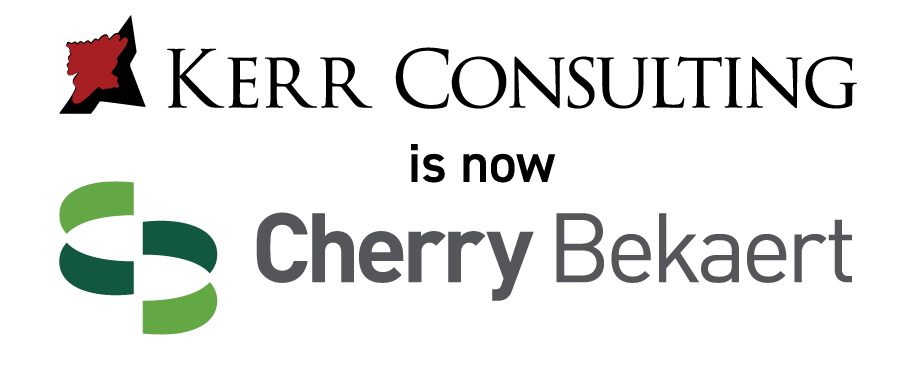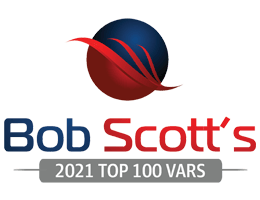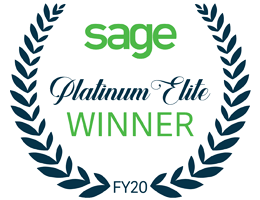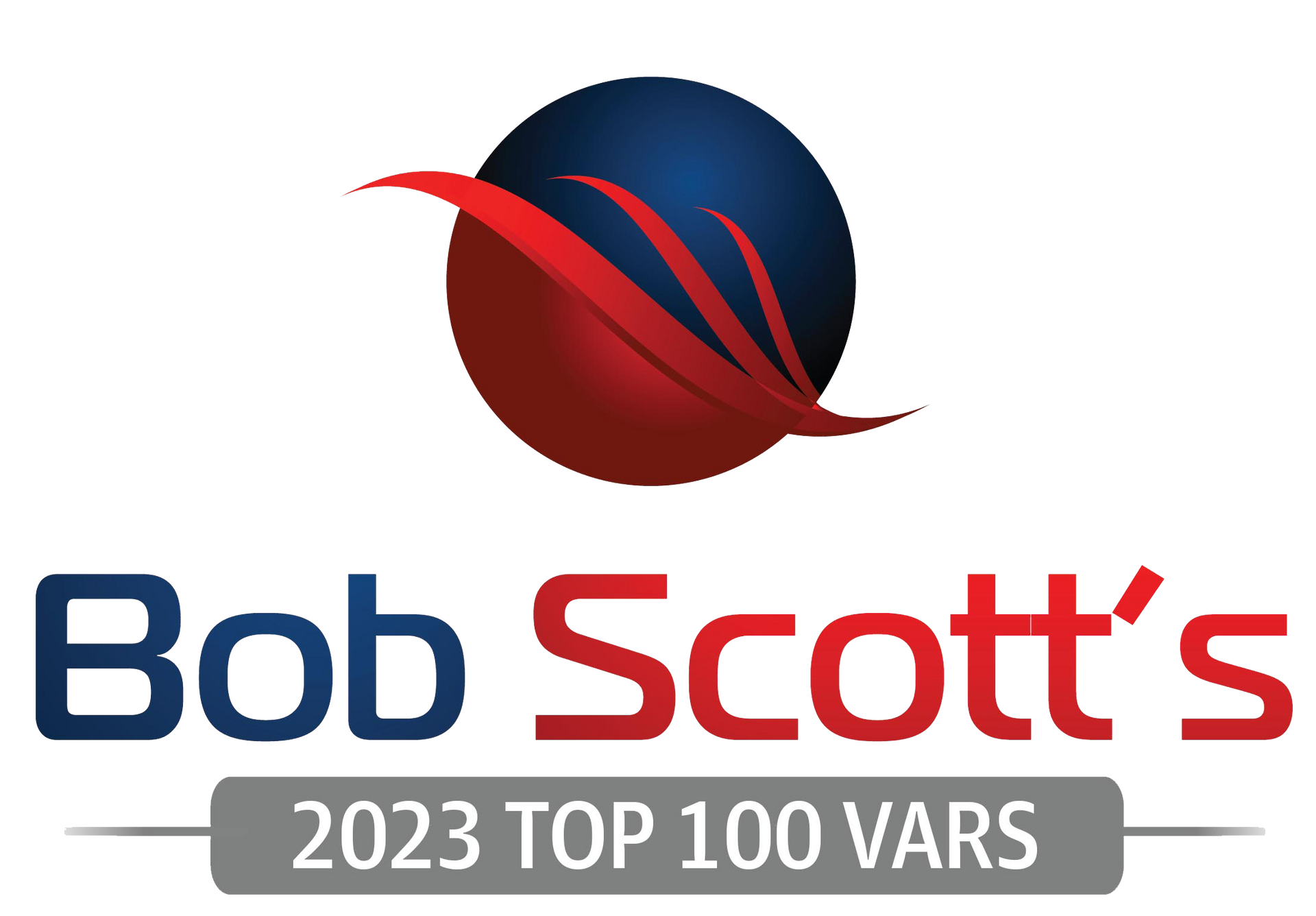Mastering Financial Success: The SaaS Metrics Dashboard Advantage for CFOs
In today's fast-paced business landscape, where data is king, every Chief Financial Officer (CFO) faces a critical challenge – how to efficiently manage the financial health of their company, especially in recurring-revenue business models. This is where SaaS metrics dashboards come to the forefront as invaluable tools. In this article, we will embark on a journey through the world of SaaS metrics dashboards and explore how they can revolutionize the way CFOs like "Lucy" tackle complex financial management challenges.
Meet Lucy, our fictional CFO. She is at the helm of a thriving subscription-based SaaS company. Like many of her real-world counterparts, Lucy grapples with numerous challenges in her role. From deciphering customer churn patterns to optimizing subscription pricing, her daily tasks demand a deep understanding of the business's financial intricacies.
The Significance of a SaaS Dashboard
Understanding the Need
Imagine a CFO like Lucy without the aid of a SaaS metrics dashboard. The financial data would be fragmented, analysis would be cumbersome, and decision-making would be a shot in the dark. This is precisely where the need for a SaaS dashboard becomes apparent.
A SaaS dashboard is not just a convenience; it's the cornerstone of strategic decision-making. It acts as the nerve center, bringing together data from various sources, and presenting it in a comprehensible manner. Beyond convenience, it empowers CFOs with insights that can shape the future of their business.
Core Functions of a SaaS Dashboard
When it comes to SaaS dashboards, their value extends far beyond mere convenience. These platforms offer a plethora of functionalities that can make a CFO's life easier and more productive. Here are some of the core functions that make SaaS dashboards indispensable:
- KPI Tracking: Key Performance Indicators (KPIs) are the lifeblood of a SaaS business. SaaS dashboards allow CFOs to monitor these metrics in real-time, providing immediate insights into the company's health.
- Automation: Say goodbye to manual data entry and calculations. SaaS dashboards automate many routine tasks, freeing up valuable time for strategic analysis.
- Data Organization: The ability to centralize and organize data is priceless. With a SaaS dashboard, CFOs can access historical data, spot trends, and make data-driven decisions effortlessly.
In the following sections, we will delve deeper into Lucy's journey with SaaS metrics dashboards. We will see how she navigated the challenges, transitioned from a standalone billing solution to a more comprehensive one, and ultimately harnessed the power of Sage Intacct SaaS Intelligence to achieve remarkable results. Stay tuned as we explore the transformational impact of these tools in the world of recurring-revenue businesses.
CFO's Journey with SaaS Metrics Dashboards
First Exploration with Stand-Alone Billing Solution
Lucy's journey with SaaS metrics dashboards began with an initial foray into a stand-alone billing solution. Eager to streamline the subscription management process, she opted for a solution that promised simplicity and ease of use. However, her experience during the trial period shed light on some crucial lessons.
The stand-alone billing solution did offer some advantages. It simplified the billing process and provided basic insights into revenue generation. Initially, Lucy found this approach promising. She could generate invoices, track payments, and monitor basic financial metrics. But as her role demanded a deeper understanding of the business's financial dynamics, the limitations of this standalone solution became glaringly evident.
Pivoting to a More Comprehensive Solution
As the CFO of a growing SaaS company, Lucy realized that she needed more than just a billing tool. Her financial responsibilities expanded beyond invoicing, encompassing everything from customer acquisition cost analysis to cohort analysis for revenue forecasting. The standalone solution fell short in several critical areas:
- Dashboard Detail: The first product lacked the depth required for strategic decision-making. It provided only surface-level insights, leaving Lucy craving more granularity.
- Customization Level: Every SaaS company is unique, and its financial management requirements can be highly specific. Lucy's team needed a solution that could adapt to their evolving needs, which the standalone tool struggled to deliver.
Recognizing these shortcomings, Lucy and her team decided to pivot to a more comprehensive SaaS metrics dashboard solution. This transition marked a turning point in their financial management journey. It was time to explore a solution that could not only meet their existing needs but also grow with them as the company continued to scale.
In the subsequent sections, we will delve into the success story of Lucy and her team as they embraced Sage Intacct SaaS Intelligence, a solution that offered unparalleled depth, customization, and transformative insights into their recurring-revenue business. Discover how this shift led to remarkable results and an enhanced ability to harness the true power of SaaS metrics dashboards.
Success with SaaS Intelligence by Sage Intacct
What Sets it Apart
Lucy's transition from a basic standalone billing solution to Sage Intacct SaaS Intelligence marked a significant turning point in her journey as a CFO. What made Sage Intacct stand out from the crowd were its distinctive features that catered perfectly to the needs of a recurring-revenue SaaS company.
Role-Based Dashboards: One of the standout features of Sage Intacct SaaS Intelligence was its role-based dashboards. These dashboards were not one-size-fits-all but tailored to specific user roles within the organization. For Lucy, this meant that she could access financial metrics and insights that were directly relevant to her role as CFO. This granularity allowed her to focus on the critical data points, making her decision-making process more efficient and effective.
Granularity of Reporting: Sage Intacct SaaS Intelligence excelled in providing a granular view of the company's financial health. Lucy could dive deep into the data, exploring customer behavior, cohort analysis, and subscription trends. This level of detail empowered her to make informed decisions, fine-tune pricing strategies, and optimize customer retention efforts.
Flexibility in Metric Tracking: Unlike the previous solution, Sage Intacct allowed Lucy and her team to customize their metric tracking. They could define and track the KPIs that mattered most to their business. This flexibility enabled them to adapt to the evolving needs of their company and stay ahead of industry trends.
Positive Impact and Results
The adoption of Sage Intacct SaaS Intelligence had a profound impact on Lucy's role as CFO and the overall performance of the company. Here are some of the key improvements and results they achieved:
Booking Subscriptions Efficiency: With Sage Intacct, subscription management became a seamless process. Automated workflows reduced manual errors, and Lucy's team could efficiently handle subscription billing, renewals, and upgrades. This efficiency translated into improved cash flow and customer satisfaction.
Leveraging Time and Capital: Lucy found that the time saved by automating routine tasks could be redirected towards strategic planning and analysis. She could now dedicate more time to studying market trends, optimizing pricing models, and exploring growth opportunities. Additionally, the enhanced financial insights allowed her to make more strategic decisions about capital allocation, ensuring that the company's resources were invested wisely.
In essence, Sage Intacct SaaS Intelligence empowered Lucy and her team to not just manage their financials but to leverage them as a strategic asset. It transformed their approach from reactive to proactive, enabling them to navigate the dynamic world of recurring-revenue SaaS with confidence and precision. As we continue our exploration of the power of SaaS metrics tracking, we'll dive deeper into the implications of efficient reporting and forecasting for the future of businesses in this space.
The Power of Right Metrics Tracking for a SaaS Company
Efficient Reporting and Strategic Vision
The adoption of a modern SaaS metrics dashboard, like Sage Intacct SaaS Intelligence, ushered in a remarkable transformation in Lucy's role as CFO and the way her entire team approached financial management. The impact was two-fold: efficient reporting and a crystallized strategic vision.
Efficient Reporting: With Sage Intacct SaaS Intelligence, the days of compiling spreadsheets, manual data entry, and laborious number crunching were behind Lucy. The platform streamlined the reporting process, offering real-time updates and instant access to critical financial metrics. This newfound efficiency allowed Lucy to respond swiftly to changing market conditions, providing her with a competitive advantage. Decision-making evolved from a reactive process to a proactive one, with data-driven insights readily available.
Strategic Vision: Armed with a comprehensive set of financial data and insights, Lucy gained a sharper strategic vision for her SaaS company. She could spot emerging trends, identify areas of potential growth, and allocate resources more effectively. The ability to dissect customer behavior, analyze subscription cohorts, and track churn rates provided her with a profound understanding of the company's financial dynamics. This, in turn, led to more informed strategic decisions and a competitive edge in the market.
Forecasting for the Future
The power of tools like Sage Intacct and SaaS Intelligence extends beyond efficient reporting; it also equips businesses with the ability to forecast their future performance with greater accuracy.
Scenario Planning: With SaaS Intelligence's scenario planning capabilities, Lucy can model various financial scenarios and assess their potential impact. This forward-looking approach allows her to evaluate the consequences of different strategic choices and make data-driven decisions to mitigate risks and maximize opportunities.
In a rapidly evolving SaaS landscape, accurate forecasting is a critical element of success. Tools like Sage Intacct and SaaS Intelligence enable businesses to move beyond guesswork and embrace data-driven forecasting, ultimately increasing their resilience and adaptability in a dynamic market. As Lucy's journey demonstrates, the right metrics tracking not only transforms the present but also shapes a brighter and more sustainable future for SaaS companies.








